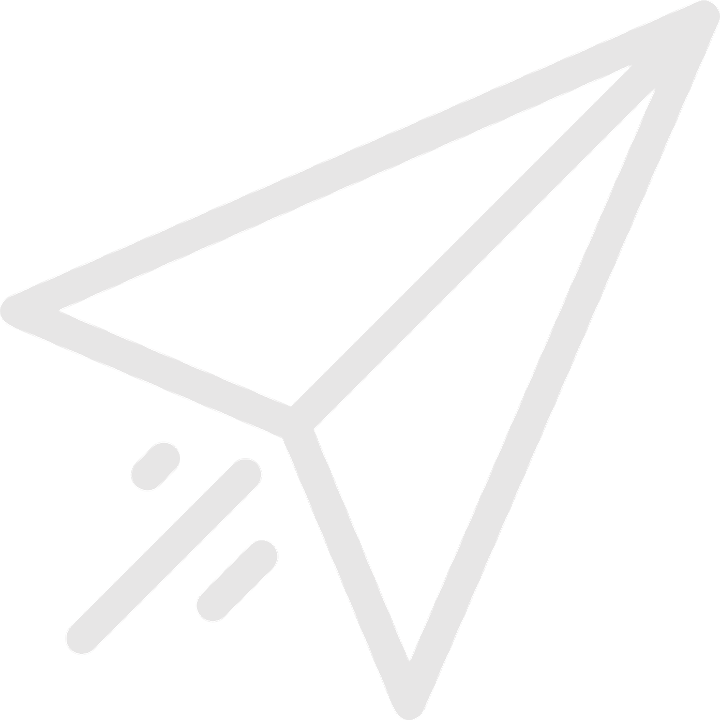About eXtreme Kanban

Delivering valuable functionality fast!
eXtreme Kanban (XK) enables Product Delivery Teams (Pods) to focus on delivering valuable functionality to customers by reducing interruptions.

eXtreme Kanban (XK) enables Product Delivery Teams (Pods) to focus on delivering valuable functionality to customers by reducing interruptions.
The current application Regression Test Suite is fully automated and can be run completely by each Pod.

All QA Engineers are Software Development Engineers in Test.

The delivery pipeline is automated from Integration to Delivery.

The backlog is broken down into Epics which are comprised of One to Many Features. Each Epic and/or Feature should be releasable independently (by priority).
Epics & Features are sorted in Top Down priority order.
Small teams: (2 Dev + 1 SDET + 1 PO) Pods stay together through all phases of Feature Development, Regression, Production Release, and Customer Feedback.
Protects the Feature Pods from any outside pressures: Onboarding Assistance, Third-party integrations, High-priority cases. SWAT is basically another Pod.
The Feature hasn’t started and has never entered the Development Status.
Code is being written and/or functionally tested.
Verification is being done to the Feature to ensure all Acceptance Criteria has been met.
The Feature has been accepted by Product as functionally complete. It is ready to go into Regression as a release when the Environment is available.
The Release is in the Regression Environment and the Regression Test Suite is running.
The Feature is in Production and gathering feedback.
On Hold The Feature was formerly in Development Status and stopped to address a higher priority.

Review the Epic and all Features.
Create or update PBIs.
Review Acceptance Criteria.
Design.
Determine Feature Flags.

Discuss Regression Criteria
Discuss PBI Order
Clarify Acceptance Criteria

Clarify Acceptance Criteria

Discuss documentation Requirements





Using the appropriate Product release numbering scheme, calculate and assign a release ID to the Epic/Feature/Release.
Based on average Regression effort and complexity of the Epic / Feature being released, estimate a release date.
Coordinate Features going in and out of the Regression environment. Line up a staggered release schedule that allows multiple queued features to enter and exit the Regression environment.
- Devs from the Pod merge the code to Master and deploy the Feature to Regression.
Update the Release Dashboard to show Features nearing delivery and the anticipated release schedule.





Customer feedback directly related to a Feature that has been released by a Pod goes back to that Pod. The members of that Pod remain responsible for the Feature while it is in Production.
The goal of the SWAT team is to shield the Pods from outside pressures allowing them to fully focus on delivering the roadmap. Under this goal, SWAT’s priorities are onboarding assistance, third-party integration assistance, and priority case assistance. These items are ranked in priority order on the SWAT backlog.





Pods pickup Features from the backlog in top down priority order. They move between Features together and avoid spreading out between Features.

PBIs and Bugs after triage by Product are placed in their corresponding Production Feature, and the Feature is placed back in Development Status. By definition these items are higher priority, so the owning Pod places their current in-flight Feature work on hold and move back up to the open item. It is built/fixed and released to Production through the standard Release Process.

SWAT works in a similar manner to Feature Pods, but their backlog changes priority at a higher rate. Any item requiring SWAT’s attention should be placed on the SWAT backlog in priority order. SWAT will release code fixes in the same manner as Feature Pods, however they will need to decide themselves how many items to release at a time.